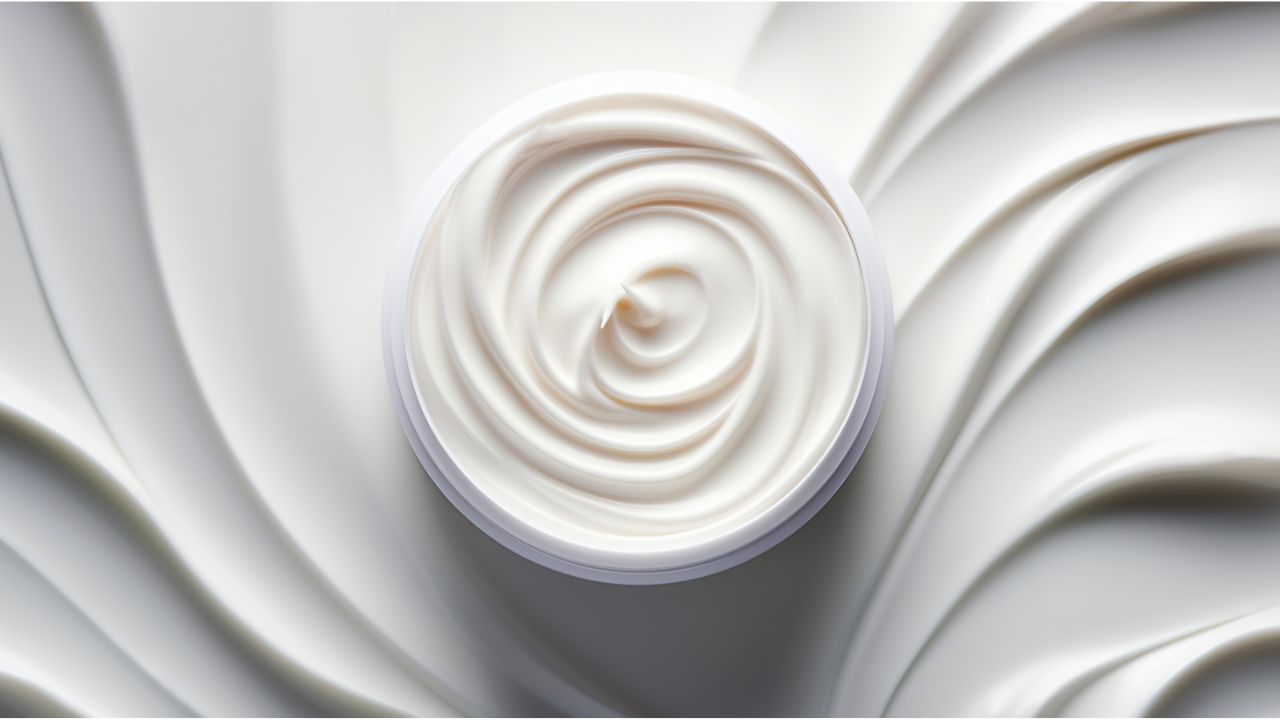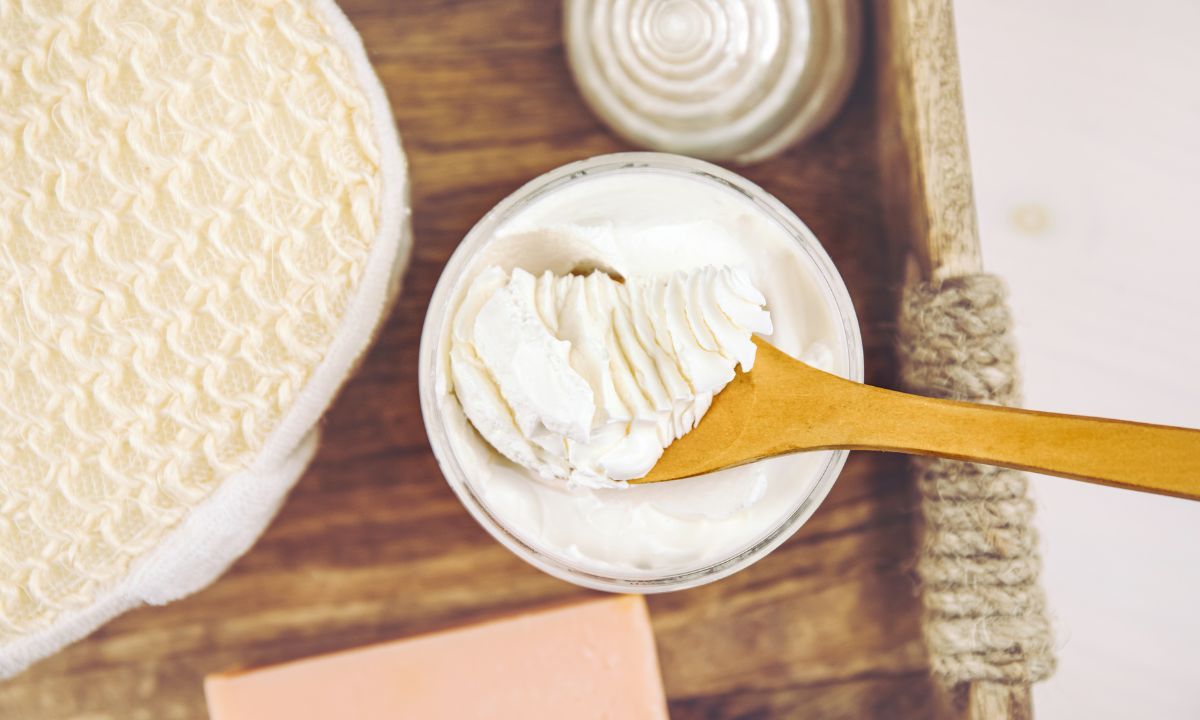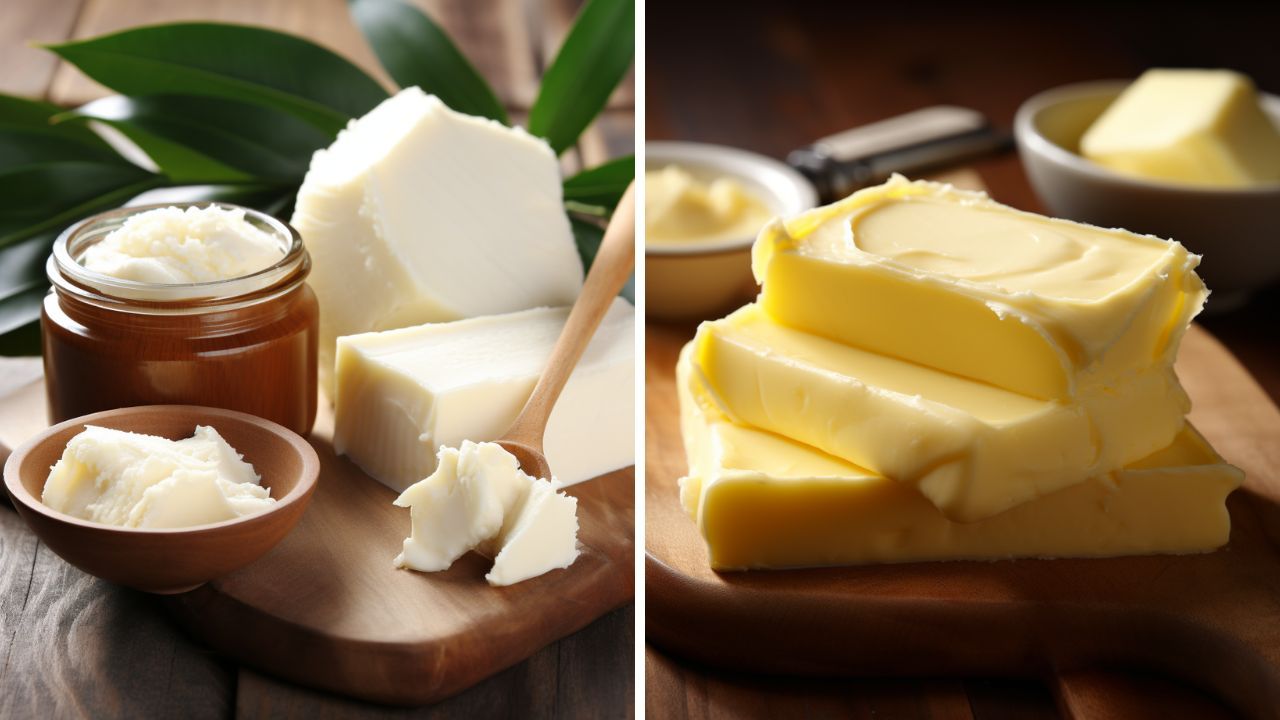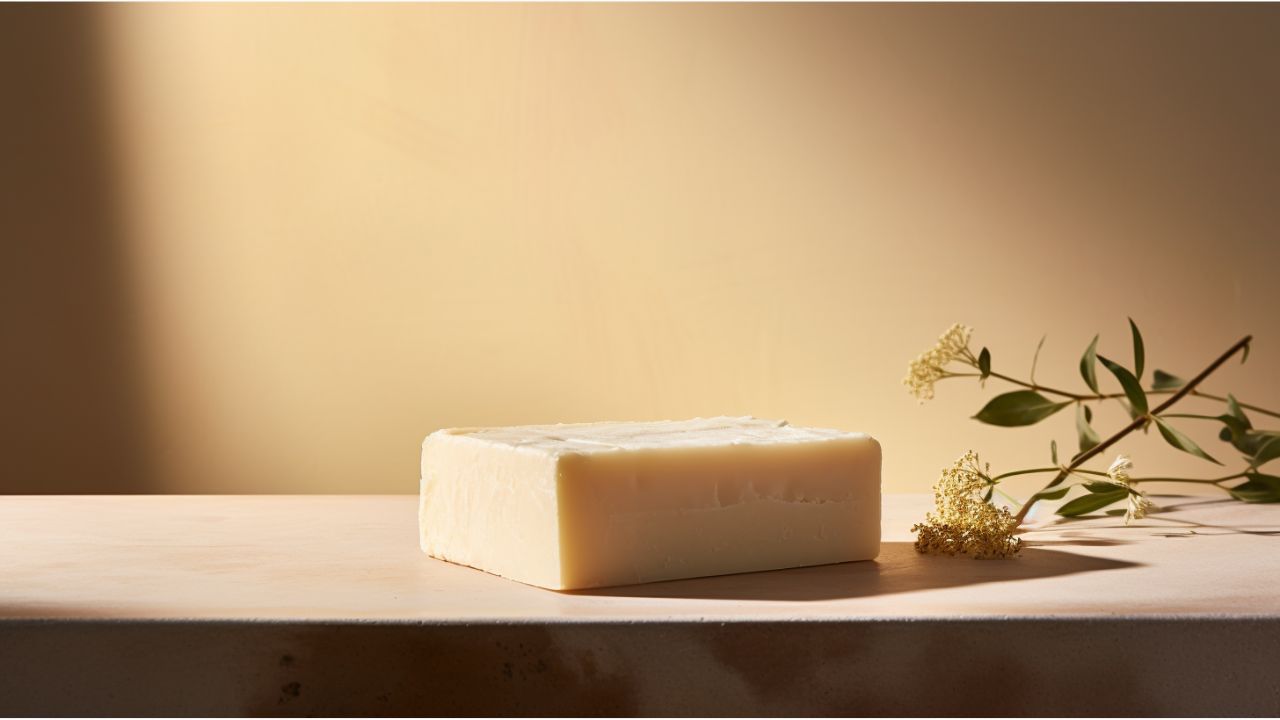
Tallow Soap Benefits | Switch Your Skincare Routine
Unlock nature's secret to radiant skin. Learn about tallow soap benefits in our enlightening post.
Have you heard about tallow soap?
It's creating quite a buzz in the skincare world these days. And no, it's not a new invention.
In fact, it's a return to an age-old tradition that our grandparents would have been familiar with.
But why the sudden interest?
Well, that's what we're here to find out. Get ready to be surprised by the amazing benefits this humble bar of soap has to offer!
The Science Behind Tallow Soap
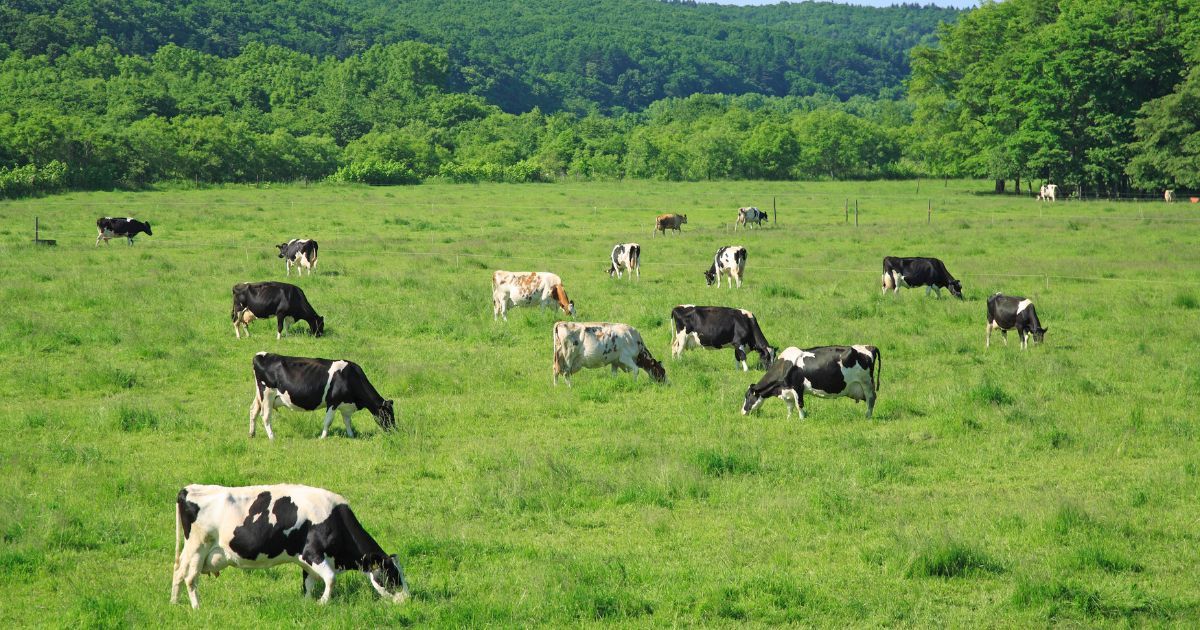
What is Tallow?
First things first, let's talk about what tallow is.
Simply put, tallow is a form of animal fat, specifically beef or mutton (sheep) fat.
Now, before you wrinkle your nose, consider this: beef tallow has been used in soap making for centuries.
Why? Because it's rich in skin-loving nutrients and makes a darn good bar of soap!
The Soap Making Process
Soap-making involves a process called saponification.
This is a fancy term for a simple chemical reaction where tallow (or any fat) reacts with sodium hydroxide (also known as lye) to create soap.

Tallow vs. Other Soap Ingredients
Now you might be thinking, "Okay, but how does tallow compare to other soap ingredients?"
Great question! Tallow, palm oil, olive oil, and coconut oil all have their unique qualities when it comes to soap making.
In recent decades, commercial soap manufacturers have switched from tallow to vegetable oils, particularly palm oil.
However, palm oil cultivation has caused severe environmental damage, including deforestation and habitat loss in precious ecosystems.
Tallow offers a proven and sustainable alternative to palm oil.
- Palm oil, for example, creates a hard, long-lasting bar of soap but its production is often linked to deforestation and habitat destruction.
- Olive oil gives soap a silky feel but doesn't produce much lather.
- Coconut oil makes a bubbly, cleansing soap but can be drying on the skin.
- Tallow, on the other hand, hits the sweet spot. It creates a hard, long-lasting bar of soap with a creamy lather that's gentle on the skin. Plus, it's a byproduct of the meat industry, making it a sustainable choice.
Breaking Down the Myths
Let's address the elephant in the room. The thought of using animal fat on your skin might make you squirm a little. But let's dispel some common myths about this.
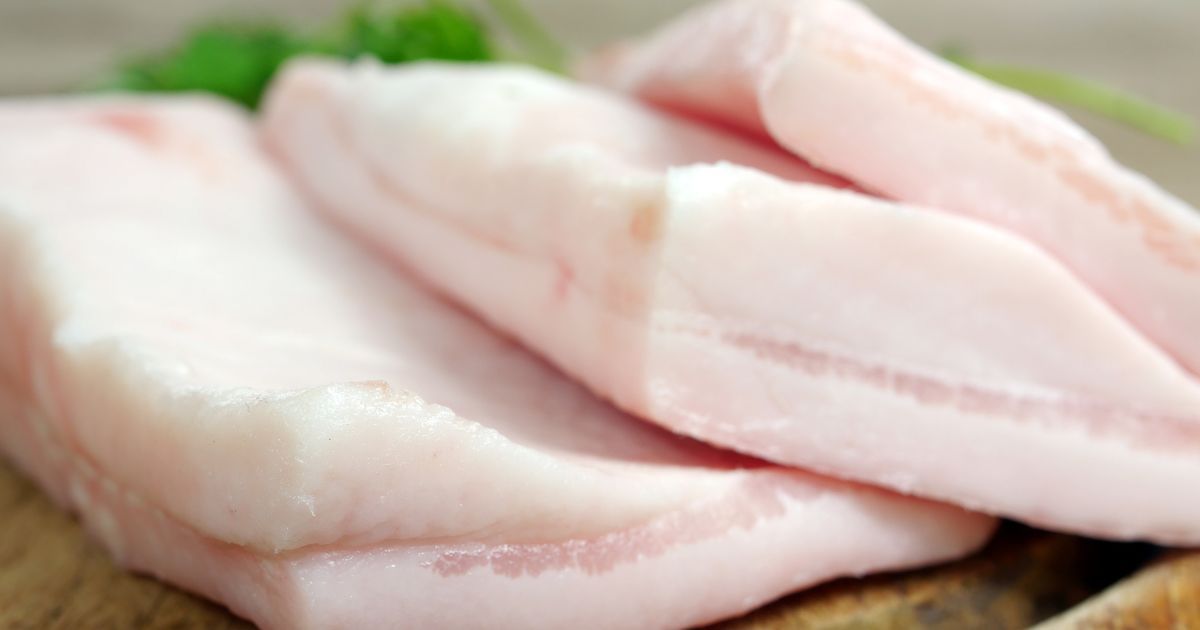
Myth 1: Animal Fat is Bad for Your Skin
Not true! Your skin actually loves animal fats. Why? They're similar to the oils of human skin, so they're easily absorbed and incredibly moisturizing. Plus, they're packed with vitamins and fatty acids that nourish your skin.
Myth 2: Synthetic Ingredients are Better
Another myth we need to debunk! Natural ingredients like tallow are often more beneficial than their synthetic counterparts. They're less likely to irritate the skin and don't contain harmful chemicals often found in commercial soaps. So, it's time to embrace natural ingredients in your skincare routine!
The Vitamin Powerhouse: Tallow Soap's Nutrient Profile
Now, let's dive deeper into what makes tallow soap a skin superfood.
Vitamins A, E, K, and Fatty Acids
Tallow is chock-full of vitamins A, E, and K. These vitamins are not just letters in the alphabet, they do some serious work for your skin:
- Vitamin A promotes healthy skin cell production and fights off cell damage.
- Vitamin E is a powerful antioxidant that helps protect your skin from free radicals.
- Vitamin K is known to help with skin conditions like stretch marks, spider veins, scars, dark spots, and stubborn circles under your eyes.
And let's not forget about the fatty acids! Tallow contains palmitic acid, stearic acid, and oleic acid, all of which have hydrating, softening, and regenerative effects on the skin.
The Result: Healthy, Glowing Skin
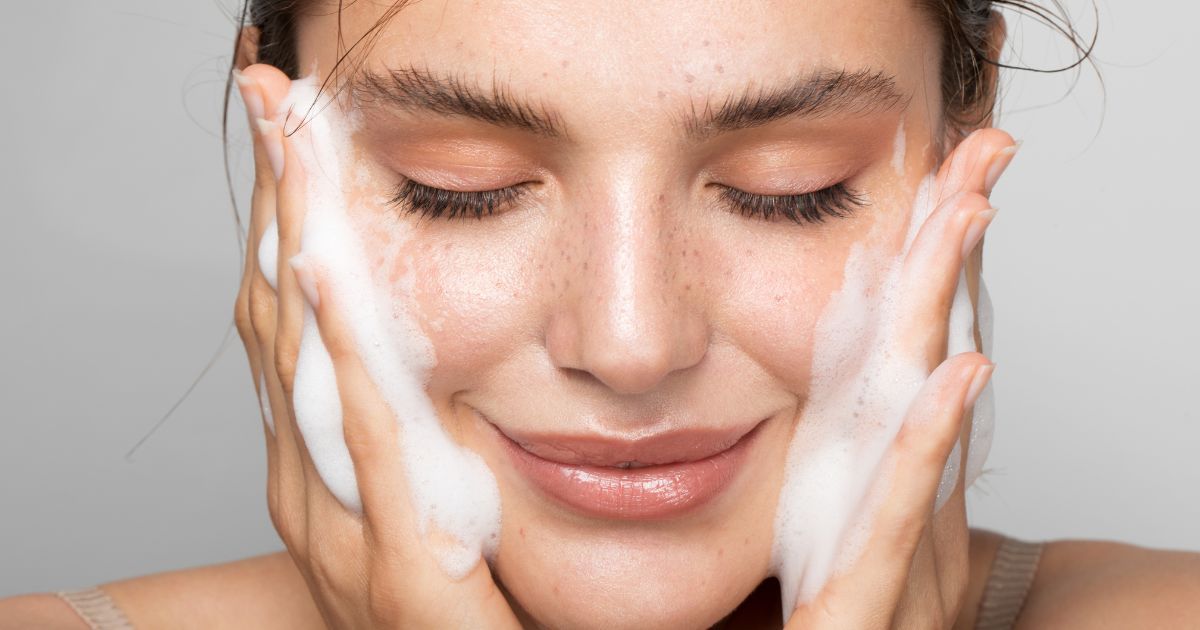
So what does all this mean for your skin?
It means that tallow soap can help keep your skin healthy, moisturized, and glowing. And who doesn't want that?
- For All Skin Types: Ever tried a skincare product that left your skin feeling dry, irritated, or overly oily? We've all been there. But here's the good news: tallow soap is a game-changer!
- For Sensitive Skin: If you have sensitive skin, you're going to love tallow soap. Why? Because it's incredibly mild and gentle. It cleanses without stripping your skin of its natural oils. Plus, it's free from harsh chemicals and synthetic fragrances that can irritate sensitive skin.
- One Soap Fits All: But what if you don't have sensitive skin? No worries! Tallow is great for all skin types. Whether your skin is dry, oily, combination, or normal, this soap will work wonders. Its moisturizing properties keep dry skin hydrated, while its ability to cleanse deeply helps manage oil production in oily skin.
The Creamy Lather Experience
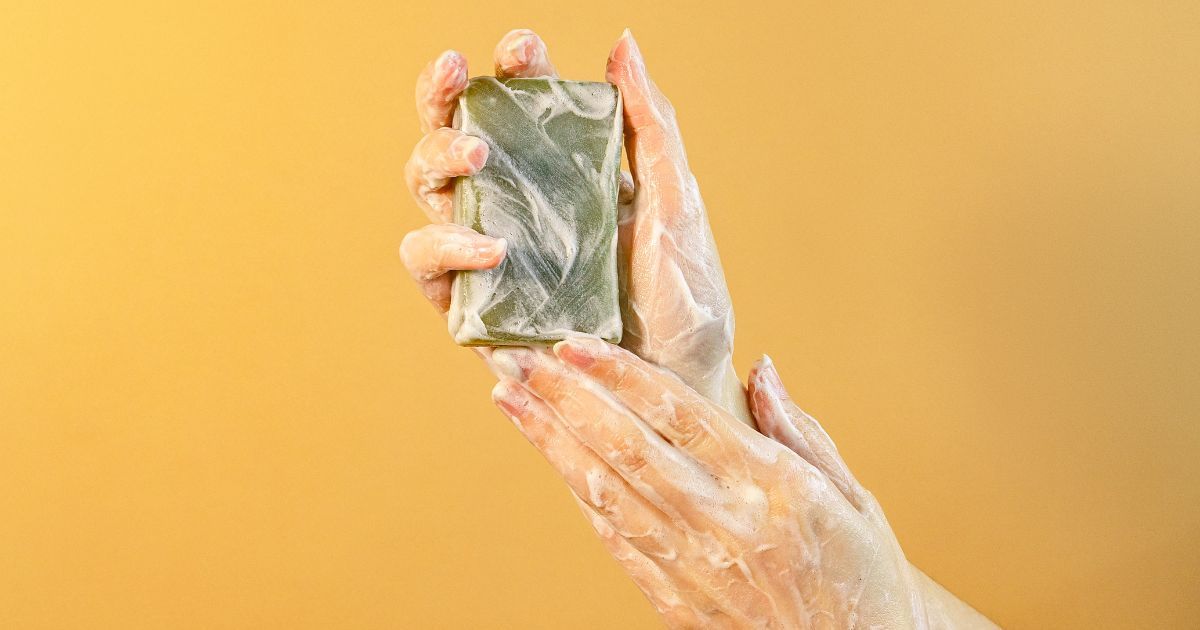
Now, let's talk about one of the most satisfying parts of using tallow soap: the lather. Trust me, it's an experience in itself!
Tallow soaps produce a unique, rich, and creamy lather that's unlike any other. It's dense, luxurious, and feels amazing on your skin. It's like giving yourself a mini spa treatment right at home!
But this lather isn't just about the feel-good factor. It also contributes to efficient cleansing.
The lather helps the soap spread evenly, ensuring that every inch of your skin gets cleaned. It also helps lift dirt and grime from your skin, leaving it clean and refreshed.
DIY Tallow Soap Making: A Sustainable Choice
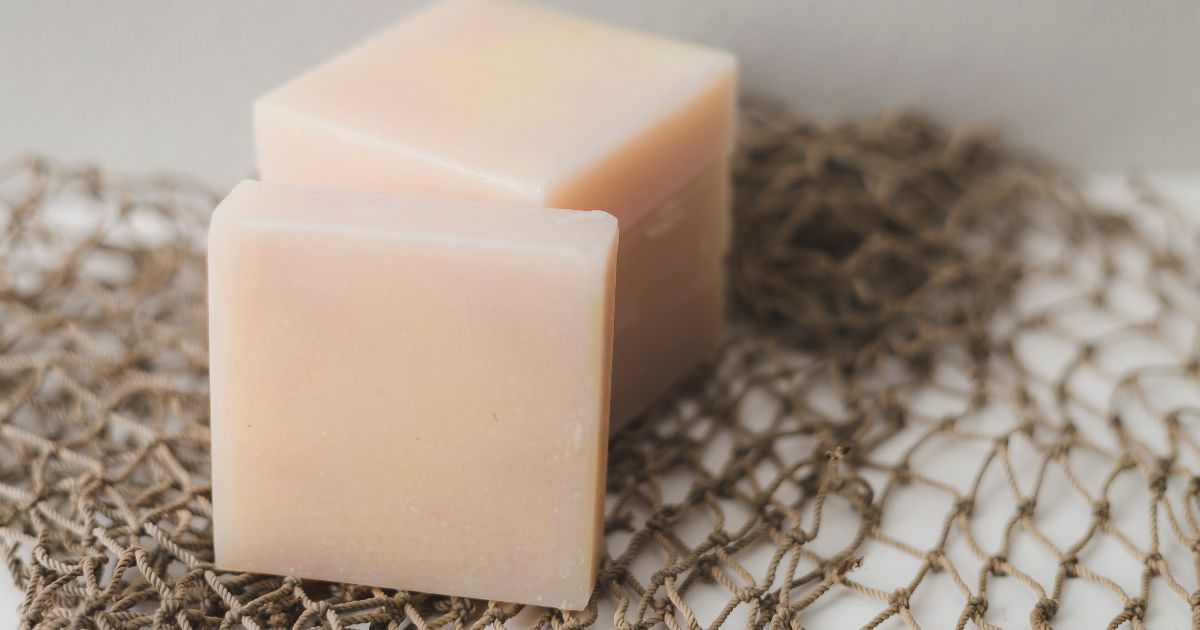
Are you ready to take the plunge and try making your own handmade tallow soap? It's easier than you might think!
Plus, it's a great way to make your skincare routine more sustainable.
The process of making soap from tallow is not as daunting as it may seem. In fact, it's an art that's been practiced for centuries, long before commercial soaps took over the market.
It involves rendering the tallow, mixing it with lye to trigger saponification, and then adding any desired essential oils or herbs for fragrance and additional skin benefits.
Pure Tallow Soap Recipe from Bumblebee Apothecary:
Ingredients:
- 32 oz tallow
- 12.16 oz distilled water
- 4.2 oz lye
- 1.5 fl oz essential oils (optional)
Instructions:
- Weigh tallow and put into a crockpot. It is easiest to melt the tallow before weighing it. If the tallow is below 100 degrees F, turn the crockpot on low to gently heat the tallow.
- Weigh the water in a heat-safe container or sturdy plastic bucket, and weigh the lye separately.
- Check the temperature of the tallow. You want it to be 100 degrees F. Let tallow cool if necessary.
- Once the tallow is 100 degrees F, take the lye and water outdoors. Wearing gloves and safety goggles, carefully and slowly pour the lye into the water. Stir gently.
- Once the lye water has turned from cloudy to clear, leave it to cool for 10 minutes.
- Carefully pour the lye water into the tallow.
- Use an immersion blender to mix the soap. After a few minutes, it will grow creamy, and start to thicken. Mix until it has reached “trace,” the light pudding consistency.
- Add the essential oils (if using) and blend again to incorporate.
- Pour soap into molds, top with wax paper, and wrap molds in towels.
- After 24 hours, remove soap from the mold and slice it into bars. Let cure in an area with good airflow for 4 weeks.
Beyond Bar Soap: Exploring Other Tallow Products
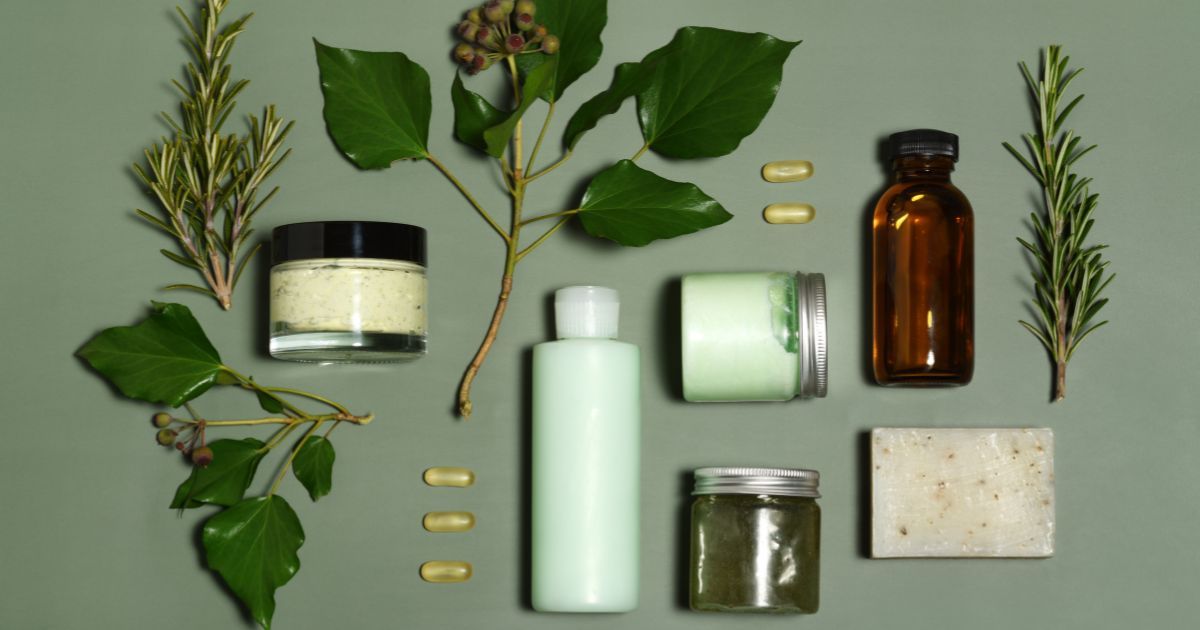
Tallow isn't just for soap, you know. You can find it in a wide range of other skincare products, each with its own unique benefits. Let's take a closer look.
Tallow Balms and Moisturizers
Tallow balms are a fantastic way to nourish and moisturize your skin. They're packed full of vitamins and essential fatty acids that your skin loves.
Plus, they're incredibly versatile. You can use them on your face, body, and lips, or even as a natural treatment for minor cuts and scrapes.
Tallow Shampoo Bars
Yes, you heard that right! Tallow can also be used to create nourishing shampoo bars. These bars can help to strengthen and hydrate your hair, all while promoting a healthy scalp.
Tallow Skincare Bundles
Some companies offer tallow skincare bundles, which include a variety of products like soaps, moisturizers, and balms. These bundles are a great way to explore the different ways you can incorporate tallow into your skincare routine.
Tallow Face & Body Soaps
In addition to regular tallow soap bars, there are also tallow face and body soaps available. These soaps can provide a deep cleanse without stripping your skin of its natural oils.
So, as you can see, tallow is a versatile ingredient that can be used in a multitude of ways. Whether you're looking for a new moisturizer, shampoo, or soap, tallow has got you covered!
Before You Go...
